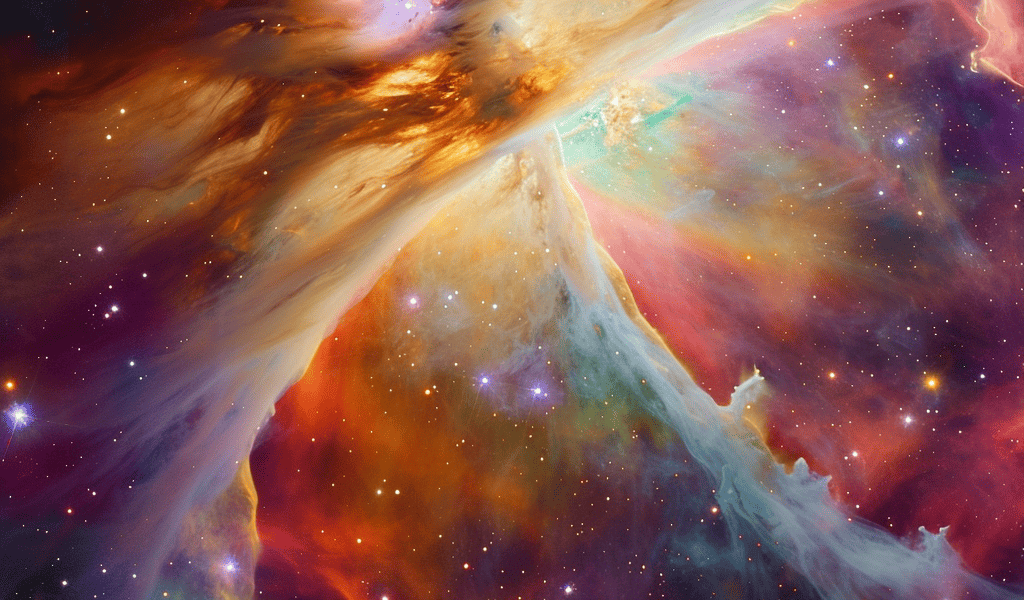A recent study published in Nature Astronomy has suggested that the universe might be younger than previously thought. The study, conducted by a team of researchers, analyzed the kinematics of satellite galaxies around massive galaxy groups and found evidence of non-random satellite motions.
The researchers observed an excess of diametrically opposed pairs of satellites with line-of-sight velocity offsets from the central galaxy of the same sign. This discovery corresponds to a 6.0σ (P value = 9.9 × 10−10) detection of non-random satellite motions, indicating that the motions of satellite galaxies pose a challenge to the current cosmological model.
The findings of the study are significant as they contradict the expectations of the Millennium and the Illustris TNG300 cosmological simulations, suggesting that massive galaxy groups might have assembled later in the real Universe. The magnitude of the effect observed in the study is considerably lower than in the simulations, highlighting a potential discrepancy between observational data and theoretical predictions.
The study utilized publicly available data, including the Sloan Digital Sky Survey (SDSS) data and data from the TNG300 and TNG100, as well as the Millennium project. The robustness of the detection of velocity correlations of satellite galaxies against changes in sample selection further strengthens the implications of the study.
This groundbreaking research sheds new light on our understanding of the universe and raises important questions about the current cosmological model. The implications of the study may lead to further exploration and refinement of our understanding of the universe’s evolution and structure.





